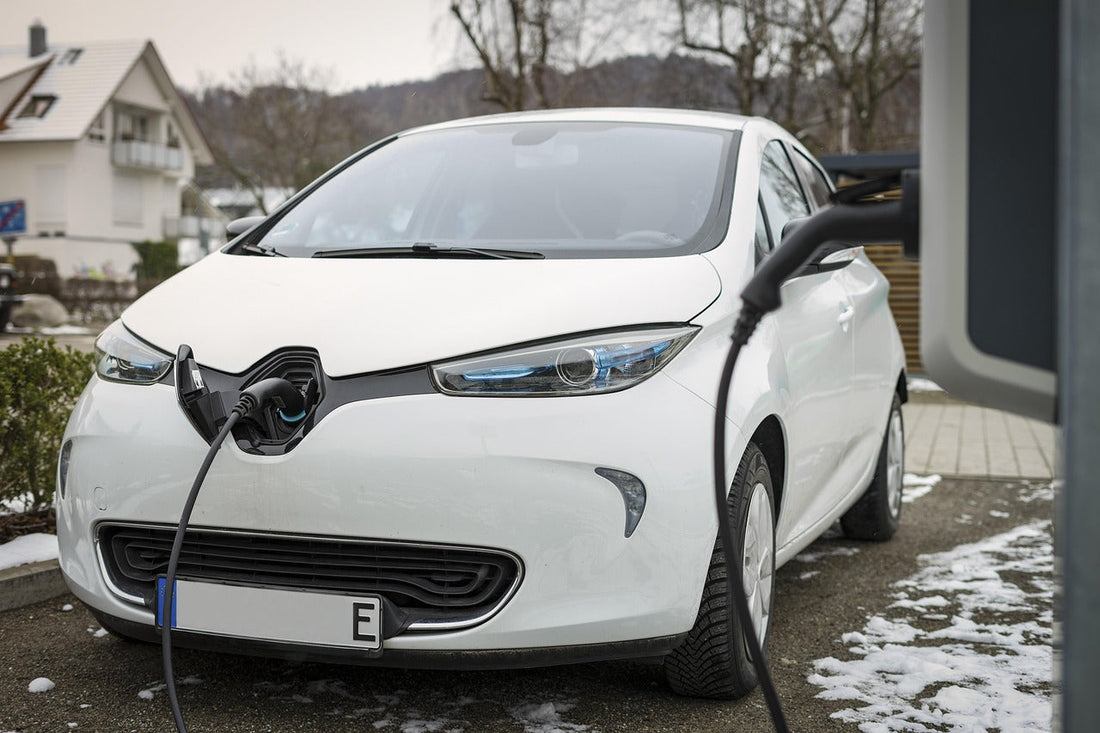
The Future is Electric: Key Trends Shaping the E-Mobility Services Market
Share

E-mobility services are emerging as a transformative force in the global shift toward greener, more sustainable alternatives. With increasing concerns about environmental pollution and a growing emphasis on sustainable development goals, nations worldwide are embracing e-mobility solutions at an unprecedented pace. From electric vehicles (EVs) to micro-mobility services, this sector is reshaping the transportation landscape. For investors, understanding the latest trends and developments in this booming market is essential.
Key Trends Driving E-Mobility Growth
1. Soaring EV Sales Worldwide
Electric vehicles are no longer a niche market. According to the International Energy Agency (IEA), the number of electric cars, buses, vans, and heavy trucks on roads is expected to reach 145 million by 2030, with roughly three million new EV registrations in 2020 alone.
Several factors have driven this surge in EV adoption:
· High fossil fuel prices: Rising costs of traditional fuels make EVs a cost-effective alternative.
· Environmental awareness: Consumers are prioritizing cleaner and greener transportation options.
· Government support: Initiatives to build EV infrastructure play a crucial role.
For instance, the Canadian government recently allocated USD 400 million to expand zero-emission vehicle (ZEV) charging stations. Additionally, the Canada Infrastructure Bank pledged USD 500 million toward EV infrastructure development. Such investments ensure a robust ecosystem for e-mobility, fueling further market growth.
2. Rising Popularity of Electric Micro-Mobility
The demand for electric micro-mobility solutions, such as e-bikes, e-scooters, and e-mopeds, has witnessed remarkable growth. This trend gained significant traction during the Covid-19 pandemic, driven by:
· Social distancing needs: Limited public transport usage encouraged people to opt for personal electric vehicles.
· Environmental consciousness: Growing concerns about reducing carbon footprints bolstered micro-mobility adoption.
· Urbanization: Cities are actively seeking compact, efficient, and eco-friendly transportation solutions.
This shift reflects not just a consumer preference but also a market opportunity for businesses to expand their offerings in micro-mobility services.
3. Entry of Automotive OEMs into E-Mobility
Automotive giants are venturing into the shared e-mobility space, marking a significant shift in the industry. Notably:
· Toyota Motors announced its entry into the shared mobility market at the 2018 Consumer Electronics Show (CES). The company introduced the Autono-MaaS service, offering self-driving EVs for mobility.
· In October 2022, Erisha E Mobility launched three new L5-category electric vehicles with a driving range of 120–140 km per charge.
The involvement of established automotive Original Equipment Manufacturers (OEMs) demonstrates confidence in the future of e-mobility services and creates innovative business models to cater to evolving consumer needs.
Why Invest in the E-Mobility Market?
The e-mobility services market is poised for exponential growth. Key drivers include:
· Government policies: Favorable incentives and infrastructure investments are creating an enabling environment.
· Technological advancements: Innovations in battery technology and vehicle design are enhancing product efficiency and appeal.
· Sustainability focus: Businesses aligning with global environmental goals are better positioned for long-term growth.
Conclusion
The e-mobility market represents a unique investment opportunity in the automotive sector. The rise in EV sales, the adoption of micro-mobility solutions, and the entry of OEMs are reshaping the competitive landscape. Investors seeking growth should focus on companies leading in innovation, infrastructure development, and strategic partnerships.
As the world continues its transition to sustainable energy solutions, e-mobility services stand at the forefront of this revolution, promising substantial returns and a greener future. Now is the time to electrify your investment portfolio.